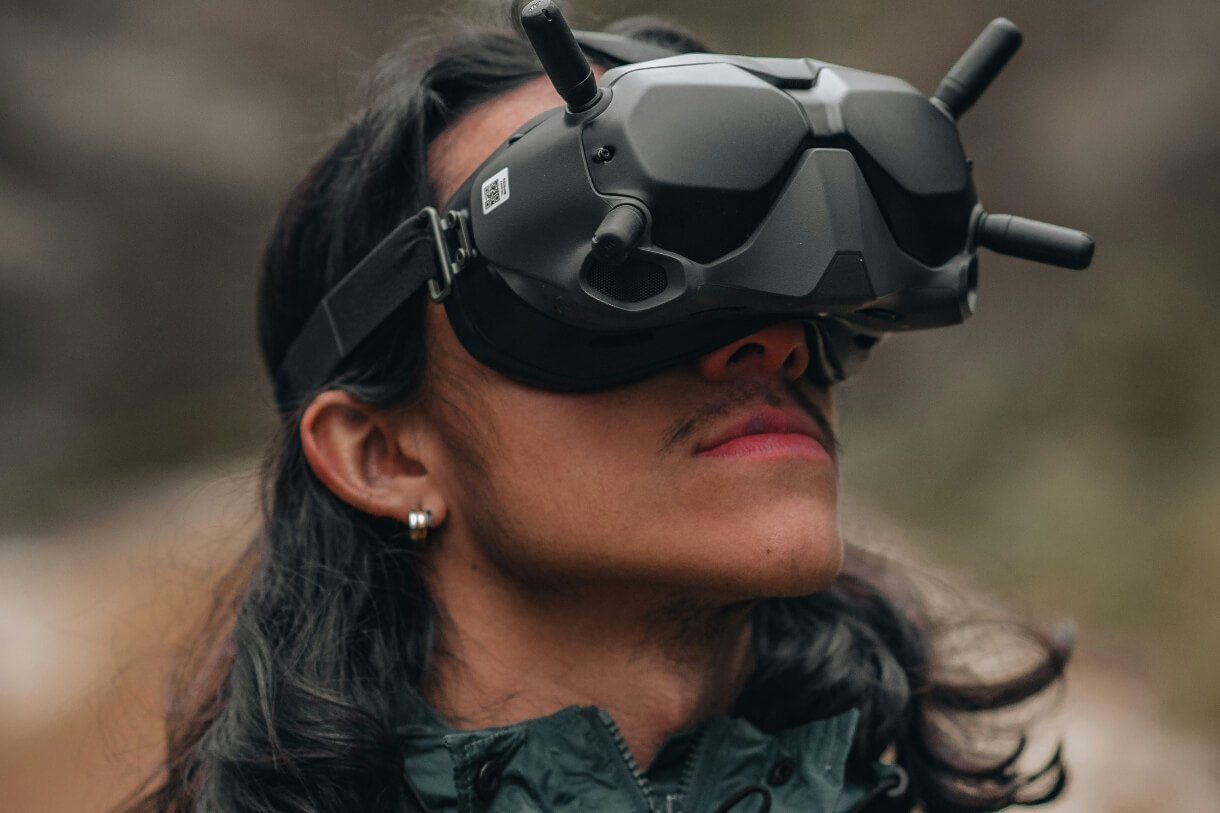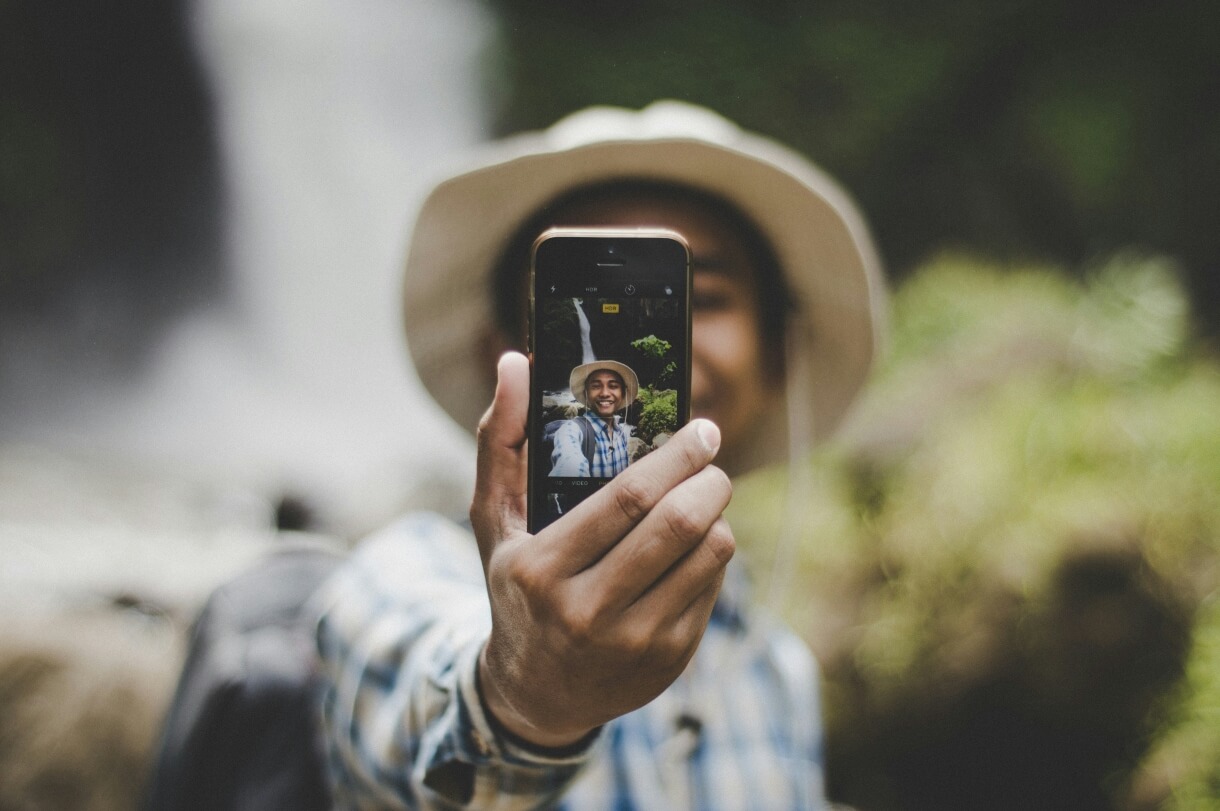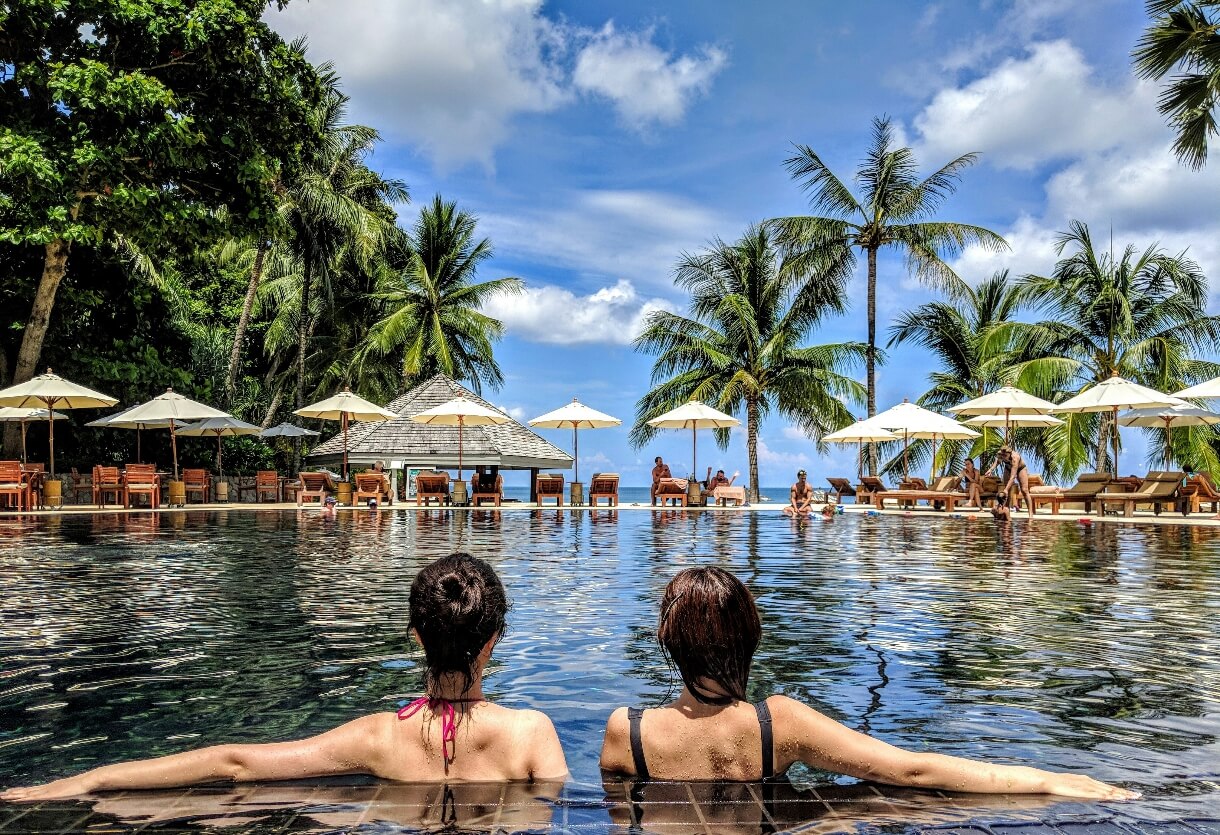Technological advancements continue to redefine the way we explore and experience the world. Augmented Reality (AR), a groundbreaking technology that overlays digital content onto the real world, has emerged as a transformative force, promising to revolutionize the travel sector in ways previously unimaginable. Unlike its virtual reality counterpart, AR has the unique ability to seamlessly integrate digital information with the physical environment, creating interactive and immersive experiences for travelers.
From providing virtual tours of destinations and cultural sites to offering real-time information about landmarks and attractions, AR has become a catalyst for enhancing navigation and delivering enriched educational experiences. In this article, we explore the multifaceted applications of AR in the travel industry, checking how this technology can attract customers, address user needs, and reshape the way travel businesses operate. Join us as we navigate through the innovative possibilities and potential challenges that come with the integration of AR, ultimately envisioning a future where augmented reality transforms the way we embark on our travel adventures.
Content
- What is Augmented Reality
- How AR can attract customers in the travel business.
- What are the underlying user needs that AR can solve?
- How travel businesses can use technology like Augmented Reality (AR)
- How the travel business owners use AR in their offer?
- What are the limitations of small travel business in using technology like Augmented Reality?
- Conclusions
What is Augmented Reality
Augmented Reality (AR) is a technology that overlays digital content in the real world, either on a screen or using AR glasses. Unlike virtual reality (VR), AR can anchor digital information to real-world objects, even if they’re moving.
AR is used in various industries to provide interactive and immersive experiences by enhancing navigation. It offers virtual tours of destinations and cultural sites and provides real-time information about landmarks and attractions.
As an example, Zaubar offers AR-powered tours that provide 3D learning experiences about a city’s past and present. It enhances the educational value of tourism by providing a more immersive and engaging way to learn.
How AR can attract customers in the travel business.
Augmented reality (AR) and virtual tours can significantly enhance operations and attract customers in the travel business. Providing immersive previews of destinations, accommodations, and attractions increases customer engagement and satisfaction. It also eliminates language barriers through real-time translations, giving them better access to information and fun facts.
AR can open avenues for scaling the business by streamlining operations, facilitating smoother onboarding, and providing access to content without the need for involving tour guides. It can also indirectly help you save money through enhanced virtual customer service and remote assistance for maintenance and troubleshooting.
Additionally, AR can replace traditional souvenir shopping by allowing tourists to virtually try on clothing, accessories, or test products before making a purchase.
In summary, AR and virtual tours can revolutionize the travel industry by providing interactive and immersive experiences that benefit businesses in various ways. This includes enhanced customer engagement, new revenue streams, and virtual shopping experiences.
What are the underlying user needs that AR can solve?
The percentage of people who plan their trips varies. According to a survey, 51% of US travelers book their hotels and flights in advance of 3 months before their travel date, while 72% of mobile bookings happen within 48 hours of last-minute Google searches (source). The statistics also show that 80% of all travelers spend around four weeks researching a destination (source).
For those travelers who like to plan, AR can provide immersive previews of destinations, accommodations, and attractions, helping users visualize and plan their trips more effectively.
For guests who are not fluent in English, visiting foreign destinations AR can assist them in real-time translation and help them to understand and communicate more effectively. Also, it offers interactive overlays of information, providing users with real-time details, fun facts, and historical context about the places they visit.
How travel businesses can use technology like Augmented Reality (AR)
AR technology is becoming more accessible and can be as simple as having a camera-enabled smartphone. Many hotels use virtual reality (VR) to provide interactive tours of their hotel rooms, allowing potential guests to explore the property before booking. This technology enables customers to visualize the hotel’s facilities and room features, ultimately influencing their booking decisions.
Another excellent idea is incorporating VR technology into in-room entertainment systems, offering guests access to a library of virtual experiences, including tours of other destinations, immersive games, or 360-degree videos showcasing local attractions. Additionally, guests can personalize their in-room ambiance through AR or mixed reality (MR), adjusting lighting, temperature, and other elements.
We all know that building a strong brand doesn’t end with booking. After the booking process is complete, hotels can continue to engage guests. They can provide guests with mobile apps that offer virtual concierge services, allowing them to access information about hotel amenities, animate maps on the walls of hotel rooms, or virtually redecorate their rooms.
Beacon technology can be also used to provide guests with wayfinding assistance within the hotel or resort. By using their smartphones or AR-enabled devices, guests can easily navigate through complex spaces using virtual arrows or markers overlaid on their real-time camera view.
How the travel business owners use AR in their offer?
The use of virtual tours and augmented reality (AR) in the hospitality and travel sector is becoming increasingly prevalent, offering innovative ways to enhance customer experiences. Here are some examples of how these technologies are being utilized.
AR-powered apps already help museums create interactive experiences and tours, allowing travelers to interact directly with their environment. This enhances the educational value of tourism by providing a more immersive and engaging way to learn about historical and cultural sites.
The Cleveland Museum of Art has implemented interactive AR pottery-making stands and digital painting canvases, providing an engaging experience for visitors. The National Gallery in London has taken some of its works to the streets, allowing them to be viewed through an AR app by scanning a QR code in certain places.
AR enables travelers to explore famous landmarks, interactive museums, and natural wonders. They can view 3D models of iconic buildings and take virtual walking tours, providing a preview of destinations and attractions before the actual visit. Thomas Cook has experimented with VR travel experiences, allowing consumers to try out various trips and places with the help of VR. This enables users to test drive various trips and places, helping them decide where to spend their time and money.
What are the limitations of small travel business in using technology like Augmented Reality?
The implementation of augmented reality (AR) in the travel industry is accompanied by several challenges, including high processing power requirements and the need for fast, reliable internet connections. Connectivity issues and limited battery life can hinder the effectiveness of AR applications. Integrating digital content smoothly into the physical environment requires advanced graphics and real-time processing. Additionally, holding up a device to view AR content can be tiring over time, while AR glasses, although hands-free, may cause discomfort with extended use. There is also a learning curve associated with using AR interfaces, which may deter some users.
Some users may also be concerned about privacy and data security, as AR involves the collection and processing of real-time data about the physical environment and the users interacting with it.
However, while there are current limitations to the widespread adoption of AR in the travel industry, advancements in technology are expected to overcome these challenges. By 2027, technical issues such as a narrow field of view, resolution problems, and battery life limitations are predicted to be addressed, leading to unconstrained, immersive AR experiences.
Conclusions
In conclusion, the evolution of augmented reality (AR) in the travel industry represents a transformative shift, offering unprecedented opportunities and challenges for businesses. The immersive experiences facilitated by AR not only enhance customer engagement but also address critical user needs, from advanced trip planning to real-time translation for non-English speakers. As demonstrated through various applications in small businesses and travel enterprises, AR has the potential to revolutionize operations, create new revenue streams, and redefine customer interactions.
However, the journey toward widespread AR adoption in the travel sector is not without hurdles. Challenges such as processing power requirements, connectivity issues, and privacy concerns need to be navigated. Despite these limitations, the promising trajectory of technological advancements suggests that these challenges will be overcome, unlocking the full potential of AR.
As we look ahead, the integration of AR in the travel industry holds the promise of delivering unconstrained, immersive experiences by addressing technical issues like field of view, resolution, and battery life limitations. The future appears bright, with AR poised to redefine how we explore destinations, engage with cultural and historical sites, and plan our journeys. The dynamic synergy between technology and travel is set to usher in a new era of enriched experiences, paving the way for a more connected and interactive world of exploration.





